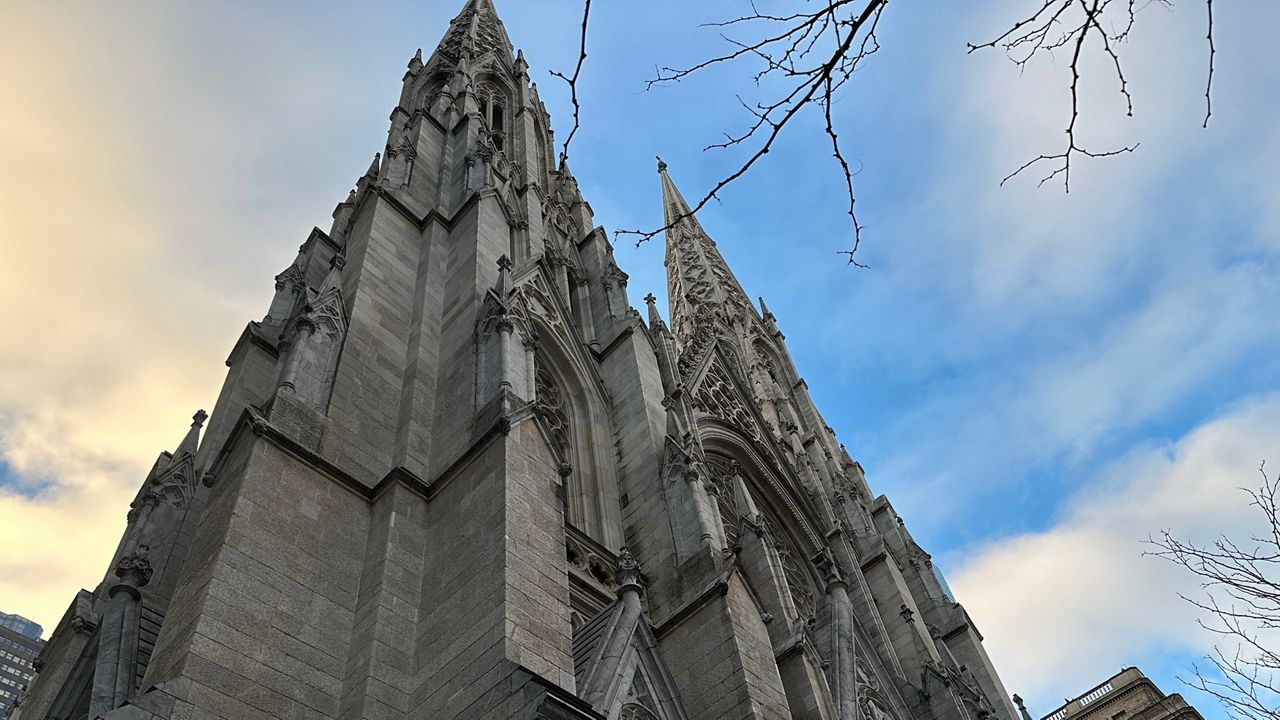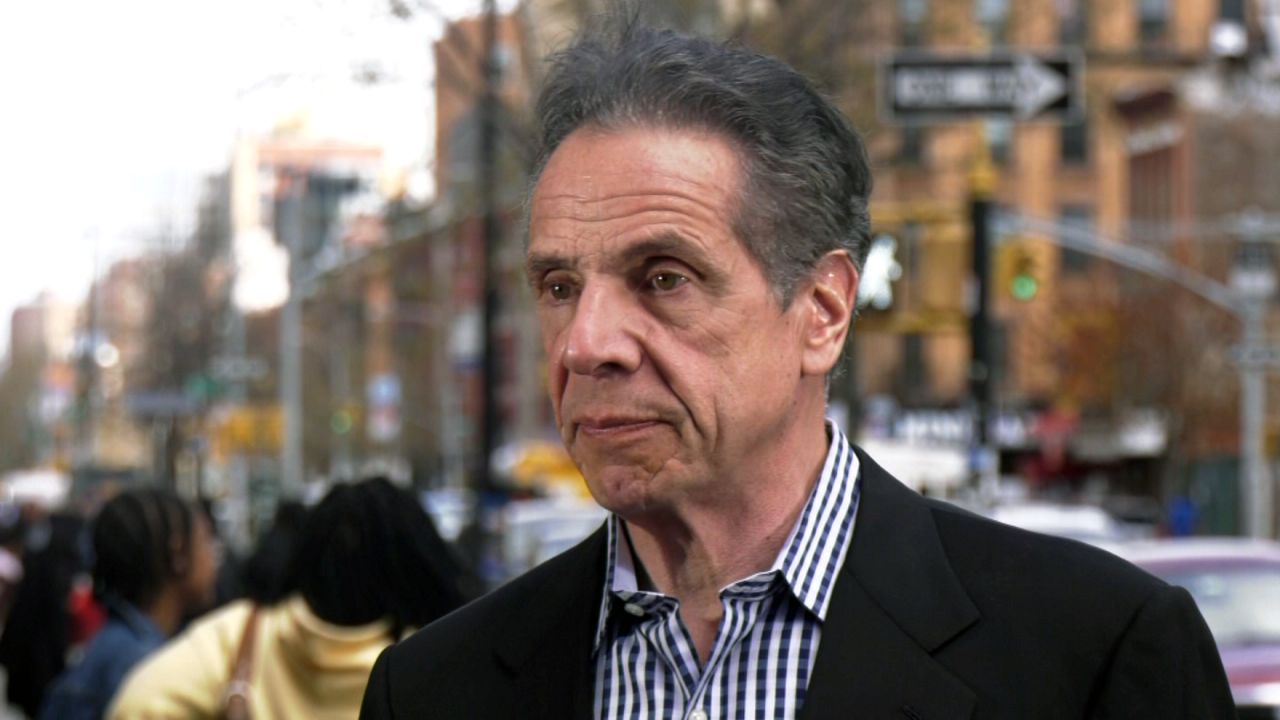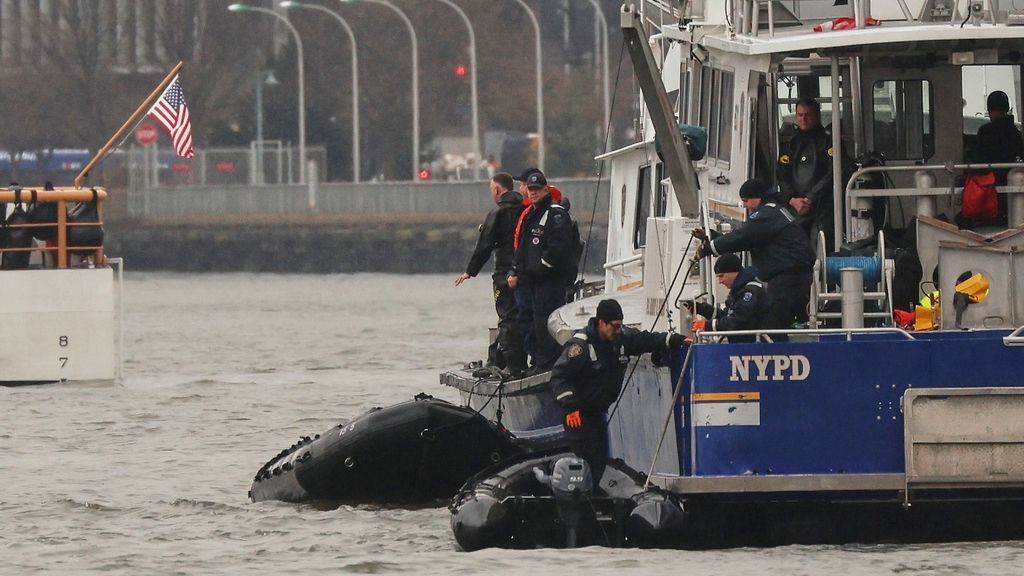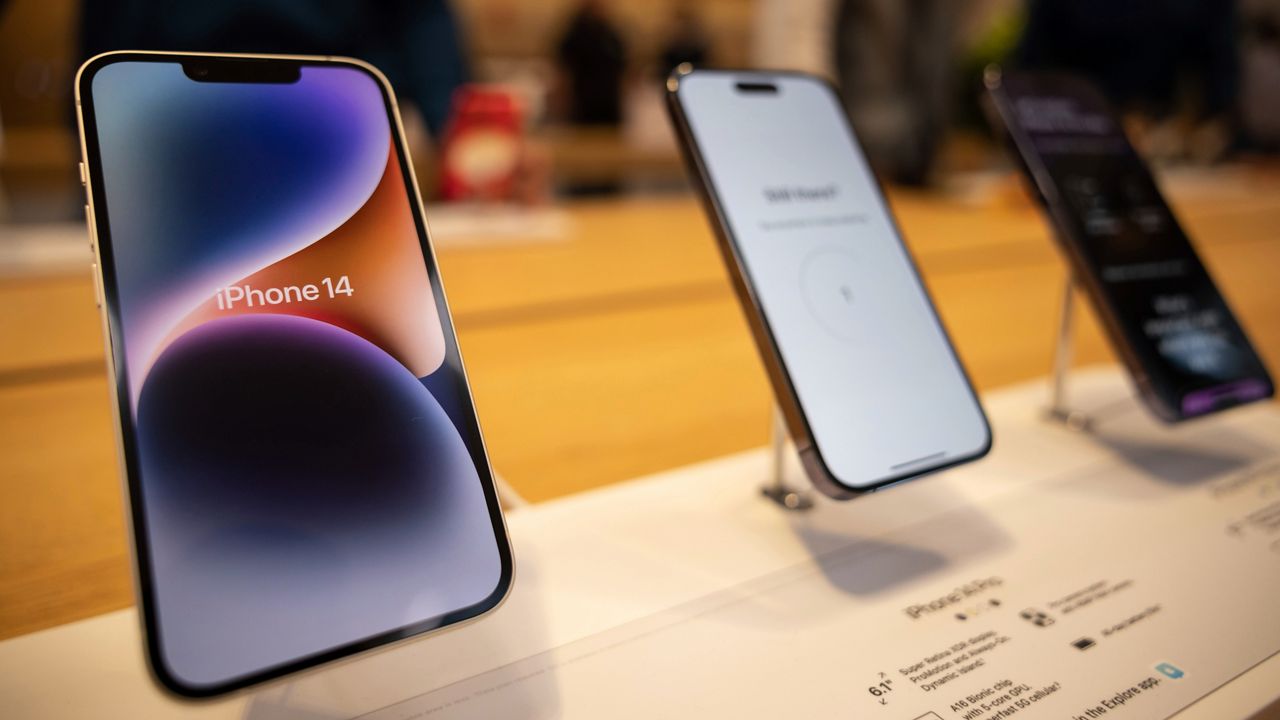Jarrell Daniels is a fellow at the Center for Justice at Columbia University, studying sociology and political science.
But, seven years ago, he was on Rikers Island, awaiting trial for his role in a non-fatal shooting.
"The blunt ugly reality is that too often, if you can make bail, you are set free," Gov. Andrew Cuomo said January 3, 2018. "and if you are too poor to make bail, you are punished."

Even though Daniels would not have been eligible for bail, he said the 10 months he spent on Rikers Island waiting for his trial to begin could have been better spent getting on the road to rehabilitation. He ultimately pleaded guilty and served five years in prison.
Today, he's advocating for more pre-trial services for defendants like him.
"I think that Rikers Island was a place that I shouldn't have been," he said.
Earlier this year, the state legislature eliminated cash bail for most misdemeanor and non-violent felony offenses. Cash bail and detention will still be allowed in some cases, including sex crimes, witness intimidation, and domestic violence-related charges.
As municipalities across the state gear up for the changes, a new report by the Data Collaborative for Justice at John Jay College for Criminal Justice looked at what the outcomes could be in New York City.
Thousands of defendants freed without bond will wait for their day in court. They won't have to undergo the type of experience that Daniels went through.
"If I was able to be released on bail, I would have had the access to an alternative to incarceration because that would have been mandated as part of my stipulations for release," Daniels said. "I think if I was able to get that kind of teaching and skills beforehand, then maybe the outcome of me having to be involved in this unfortunate circumstance probably would have never happened."
According to the John Jay report, had bail reform been in place in 2018, city courts would have been required to release an estimated 20,349 people. Overall, the amount of bail set in those cases was nearly $200 million, money that now could be spent on prevention and monitoring.
"As a result of these numbers, the city is able to start to make preparations for those changes," said Lucy Lang. "Of course, it is an outstanding question whether or not there will be a deleterious effect on crime citywide." Lang is a former assistant district attorney in Manhattan who is now executive director of the Institute for Innovation in Prosecution at John Jay College.
Another question? Whether those tools Daniels says eventually helped him rehabilitate and find a path toward higher education will be available. Lang says the city will have to step up to meet new needs.
"The hope is, of course, that for these folks — who are sent to Rikers Island and who will no longer be sent to Rikers Island — that there will be ways in which the city can help ensure that they're given resources to help counter the things that led them to the criminal justice system to begin with," Lang said.
The 2020 bail reforms could have the biggest impact on Manhattan, where 91.3 percent of cases could result in release without bail. By comparison, 71.9 percent of cases were released without bail in 2018.
City officials say they are working with criminal justice groups to grow already existing options — like the city's nationally recognized supervised release program. A spokesperson for Mayor Bill de Blasio said those options will help "ensure that people who can be safely supervised in their communities are able to stay there."
------
Looking for an easy way to learn about the issues affecting New York City?
Listen to our "Off Topic/On Politics" podcast: Apple Podcasts | Google Play | Spotify | iHeartRadio | Stitcher | RSS









